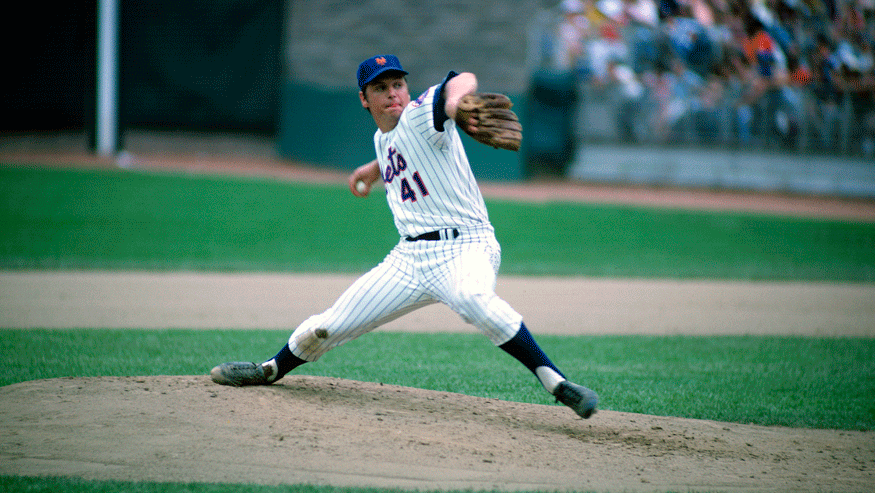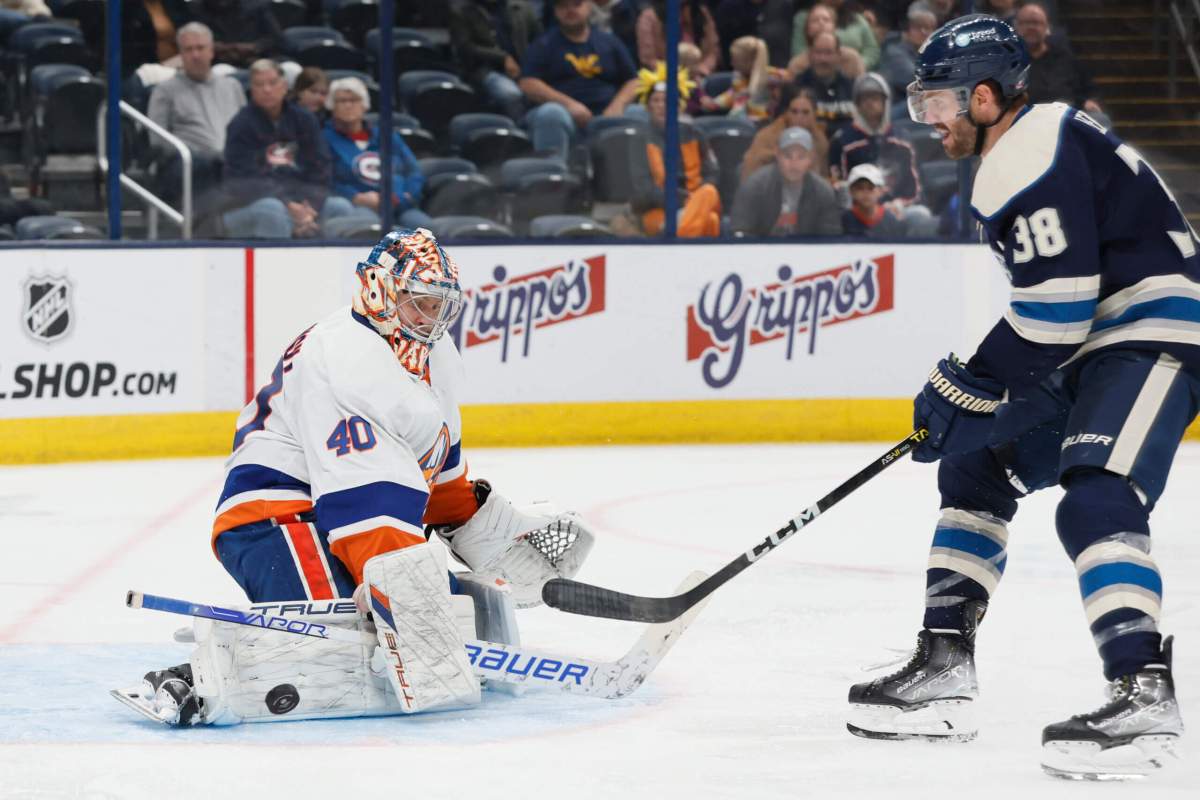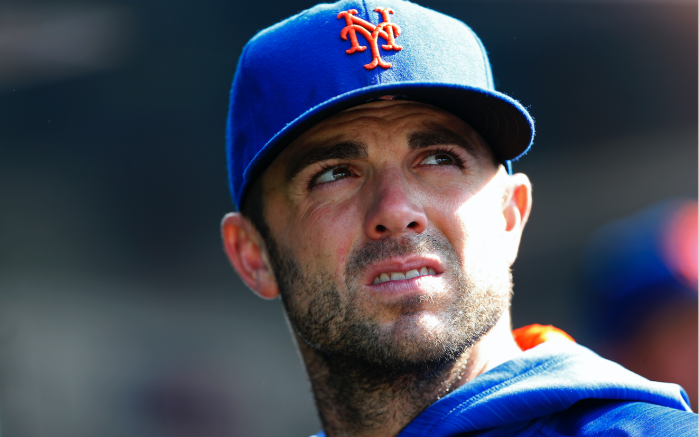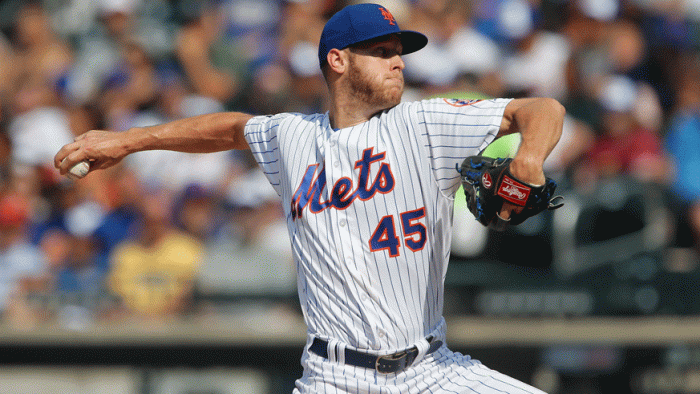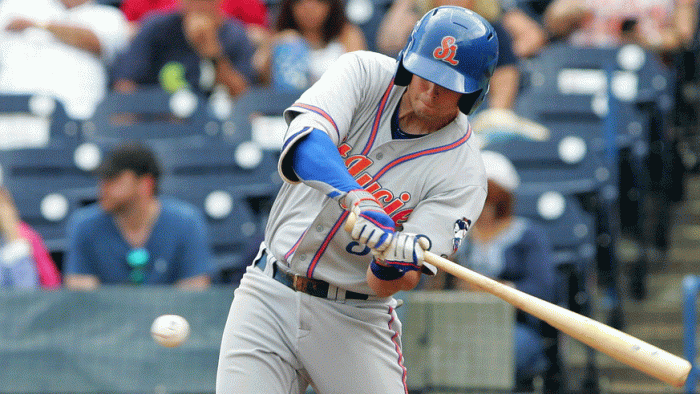The fraternity that is the pantheon of New York Mets all-time greats is a particularly small one considering this is a franchise nearing its 60th birthday.
Considering that this is a franchise playing in the heart of New York, that number tends to be magnified as a measure of success, especially when the crosstown-rival Yankees are usually mentioned in the same breath when taking stock of the city’s baseball landscape.
You would be hardpressed to consider the Mets as a proud franchise. Two World Series titles entering a 58th season of existence for a big-market ball club isn’t exactly the model of success. Sprinkle in a dash of bad luck and dastardly owners and Mets fans will greet questions about the team’s standing with exasperation and pessimism more than anything else.
But the occasional powerhouse and Cinderella story throughout the franchise’s history has yielded a class pyramid of legacies.
At the bottom, you’ll find your folk heroes like Ed Kranepool, Bud Harrelson, and Mookie Wilson. Go up a step and you’ll come across some of the most prolific performers in Keith Hernandez, Gary Carter, Darryl Strawberry, and now David Wright.
The very top of the heap — at least for many Mets fans — contains just two after Mike Piazza forged his way to Cooperstown as a Met early in the millennium. You see for the longest time, Tom Seaver was the New York Mets.
For a large monumental majority of fans born from the 1950s to the early 1990s, the right-handed pitching virtuoso was the lone legend to don blue and orange. I consider the span to meander into the ’90s because the immediacy of the feats of the Mets’ 1986 World Series title did not offer the same amount of time for the all-important nostalgia factor to take effect.
I was born in 1991 and was brought up to believe that Seaver was the patron saint of Shea Stadium.
He was the man that put the Mets on the map, bringing legitimacy and star power to a franchise that was nothing more than a laughing stock for most of the 1960s. Best known for his contributions to the 1969 Miracle Mets championship team, Seaver was one of the greatest pitchers of his era, amassing 311 wins, a career 2.86 ERA, 3,640 strikeouts, and three Cy Young Awards on his way to a Hall-of-Fame career.
In typical Mets fashion though, the handling of his career was botched by the organization when they traded him in 1977 to the Cincinnati Reds in a move nicknamed “The Midnight Massacre”. Out of his 311 wins, 198 of them came in a Mets uniform as he spent almost 10 of his 20 MLB seasons away from Queens.
Yet, the now 74-year-old will always be known as “The Franchise.” The greatest talent the team has ever produced.
He was the lone inductee to don a Mets cap on his Hall-of-Fame plaque until Piazza’s arrival in 2016, providing Mets fans with one source of profuse pride in the face of those pesky Yankees fans. Up until Ken Griffey Jr.’s induction three years ago, which was later broken by Yankees great Mariano Rivera in January, Seaver held the record with the highest Hall-of-Fame induction approval by the voters at 98.84-percent in 1992.
He was invited back to throw out the last pitch at Shea Stadium in 2008 just moments after the Mets blew another opportunity to sneak into the playoffs. Just months later in 2009, he was there to help baptize Citi Field, a new stadium that honors Jackie Robinson and the Brooklyn Dodgers more than the Mets’ greatest player.
There’s something wrong with that, don’t you think?
Growing up a Dodgers fan, Mets owner Fred Wilpon was keen on making Citi Field look like Ebbets Field, the old home of the Brooklyn franchise that relocated to Los Angeles in 1957. As Mets fans walk into their home ballpark, they enter the Jackie Robinson Rotunda, named after one of the most influential Americans of the 20th century, whose image and No. 42 is commonplace around the main hub where most fans enter on game night. Yet he played zero games with the Mets.
If you walk toward the back of the rotunda, tucked behind the stairs, you can find a nod to Seaver in the Mets Hall of Fame.
You could also enter Citi Field about 100 feet down the third base line to enter the far-less heralded “Seaver Gate”. Or you can stay outside the stadium and see his face on a banner hanging from a light post or on a commemorative piece of marble on the sidewalk.
By now, you know this piece is being written in light of the announcement that Seaver is retiring from public life after recently being diagnosed with dementia. It’s a jarring announcement for the masses that idolized the righty as an influx of dedications and odes came raining down from those that knew him best.
However, there is usually an unfortunate trend in the human race as we often tend to appreciate and recognize true greatness posthumously. Just consider van Goh, Emily Dickinson, Galileo, and Edgar Allen Poe.
However, the Mets and the Wilpons have a rare opportunity to get something right, 50 years after Seaver and Co. shocked the baseball world in 1969. It’s time to adorn Citi Field with images of the greatest Met of all-time and it’s vital that he has an opportunity to see it.
According to Newsday, a statue is “being considered” by the organization as a tribute. It’s disappointing that it took such a grim turn of events to make the Mets realize that it’s time to compartmentalize Seaver as the true champion of Queens.
At least it’s a start.

